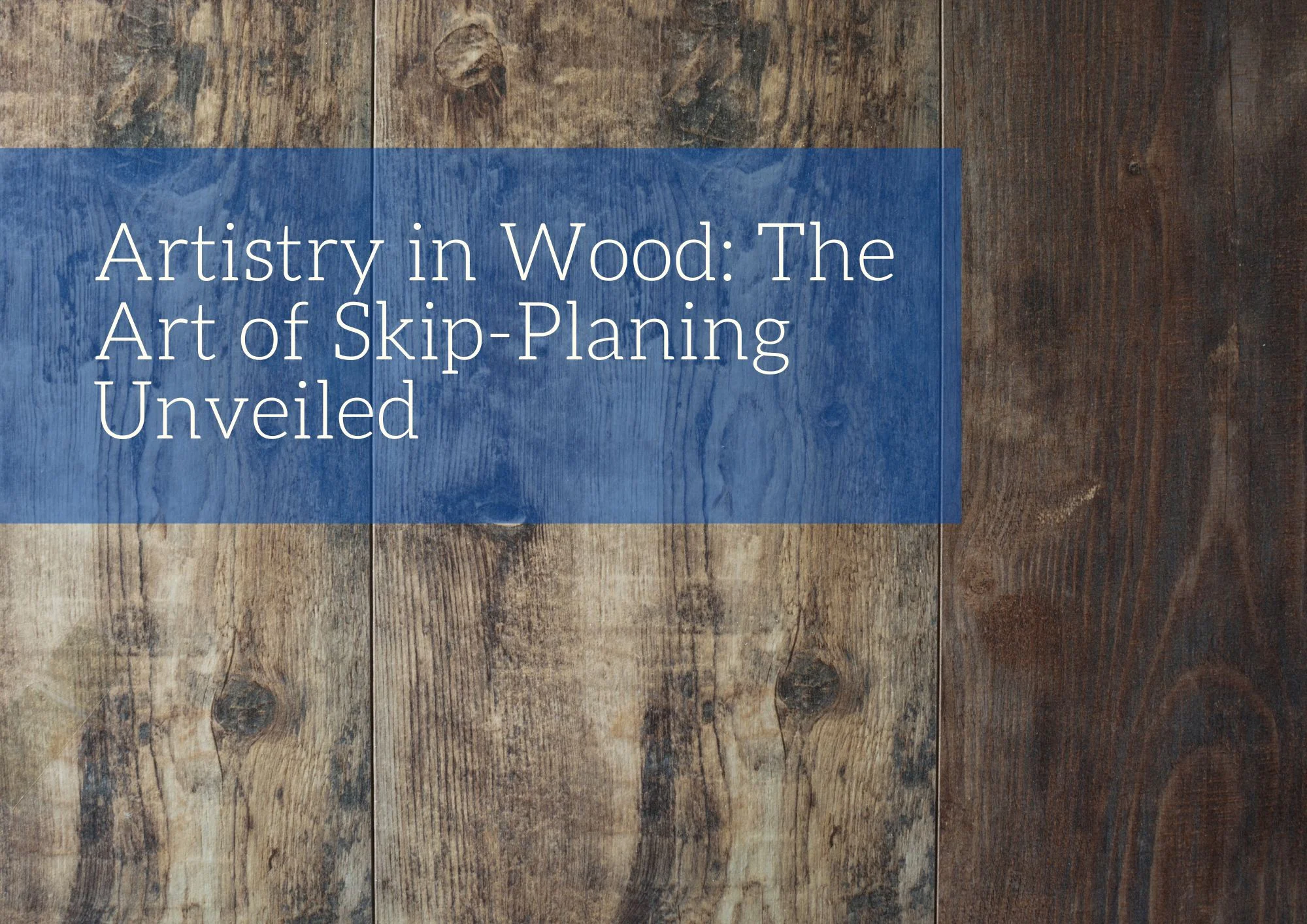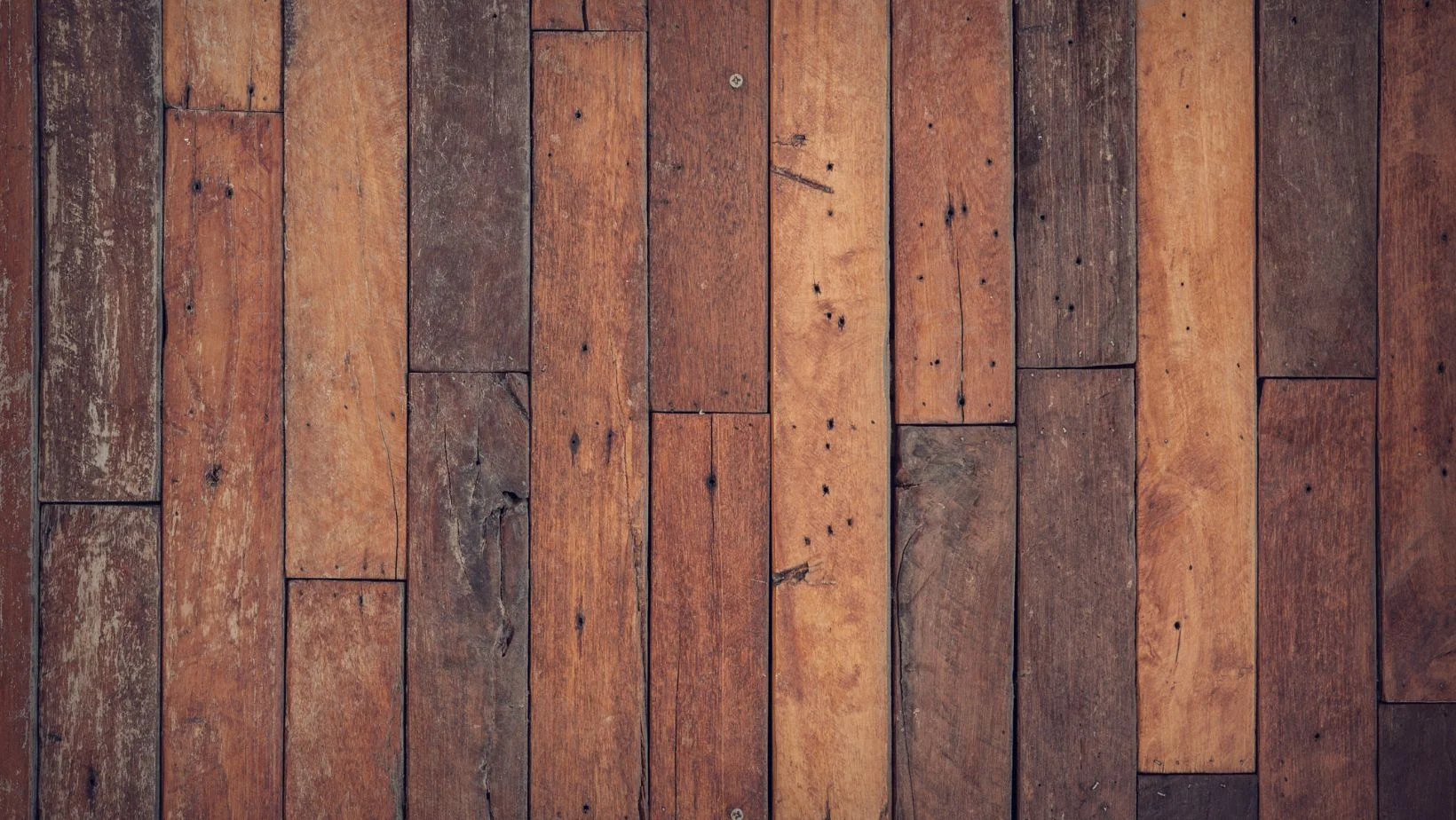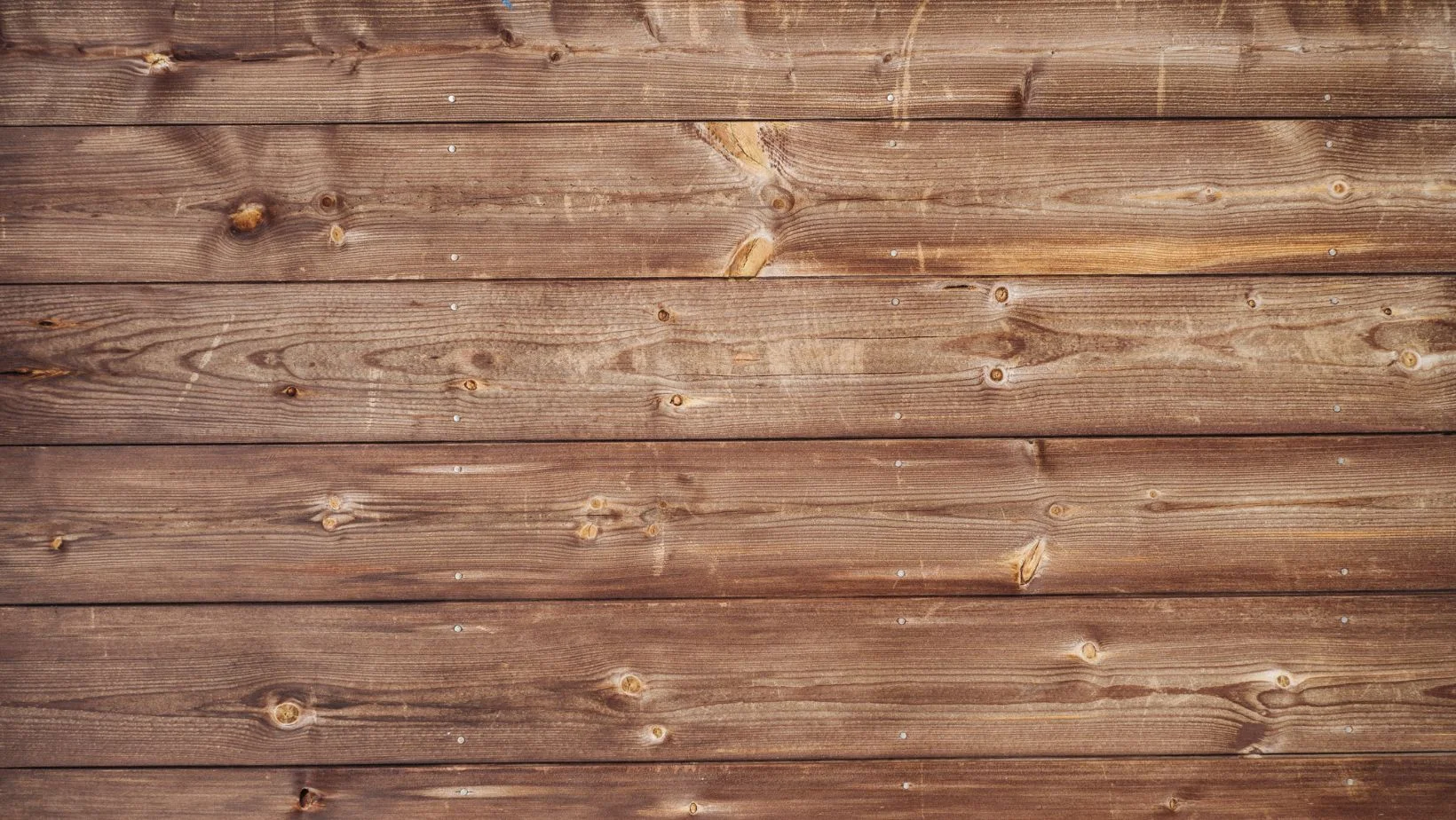Woodworking is more than just a craft; it’s an art form that allows enthusiasts to create timeless pieces that showcase the natural beauty of wood. One technique that stands out in this realm is skip-planing, a method that elevates wood surfaces to a level of artistry that goes beyond conventional woodworking. In this blog, we will delve into the world of skip-planing, exploring its techniques, applications, and the unique beauty it brings to wood craftsmanship.
What is Skip-Planing?
Skip-planing is a woodworking technique that involves selectively smoothing only certain areas of a wood surface, leaving behind alternating high and low points. This intentional irregularity creates a textured and visually dynamic finish, bringing out the natural grain and character of the wood. Our skilled craftsmen gently smooth the raised parts while keeping the deep, low areas that have been around for many years bringing the reclaimed wood back to life. The result is a beautiful difference that catches your eye, creating a play of light and shadow on each board.
Techniques Unveiled
The art of skip-planing requires skill and precision. Woodworkers carefully choose which sections to plane and which to leave untouched, creating a harmonious balance between smooth and textured areas. The process involves a keen understanding of the wood’s grain patterns and characteristics, allowing the artisan to highlight the innate beauty of each piece.
Applications in Woodcraft
Skip-planing is a versatile technique that can be applied to various woodworking projects. From furniture and cabinetry to decorative accents and flooring, the artistry of skip-planing adds a distinctive touch to each creation. The technique is particularly effective when working with hardwoods, accentuating the natural colors and patterns inherent in the wood.
Unveiling Unique Aesthetics
One of the most captivating aspects of skip-planing is the aesthetic result it produces. The play of light and shadow on the textured surface creates a visual depth that is both intriguing and mesmerizing. Each piece becomes a unique work of art, showcasing the artisan’s skill and the inherent beauty of the wood itself.
In the world of woodworking, skip-planing emerges as a testament to the marriage of craftsmanship and artistry. It’s a technique that goes beyond the functional, transforming wood surfaces into canvases that tell stories and evoke emotions. Whether you’re a seasoned woodworker or a newcomer to the craft, consider exploring the art of skip-planing to unlock a new dimension of creativity and bring unparalleled beauty to your wooden creations.










